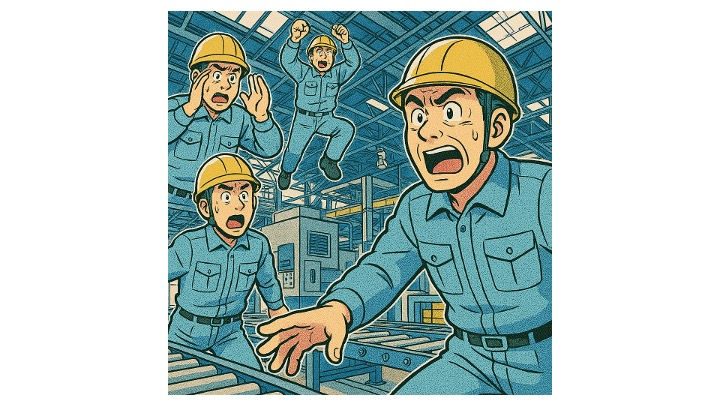History of warehouse in Japan
- hidet77
- Feb 16, 2023
- 3 min read

Warehouse. Not a common topic of TPS or Lean.
But warehouses are tied closely to Japanese history. Understand how cutting the ties to traditional thinking helps us move towards Just In Time.
Warehouse as a “Religion”
Warehouse as a symbol of “Wealth”
“No Land”
Warehouse as a “Religion”

The history of warehouses in Japan starts from the beginning of its history in BC 2000. From then on, we had a warehouse with a high floor made of wood. We are believed to store grains in these warehouses, and the high floor protects against moisture and rats. Such a high-floor warehouse can be seen globally. But in Japan, these high-floor warehouses evolved into shrines. The central building of major shrines resembles the shape of the warehouse. It is believed that such a building was also ideal for storing the main body treasure of the shrine. So we, the Japanese, are worshipping warehouses. 🤣 🤣 🤣

But let’s not just laugh at this religion. Don’t we have people who believe that building a warehouse will solve operational and supply chain issues? Recently we had many issues due to the pandemic and war. Some always claim that building warehouses and keeping more inventory will be a solution. But such opinions never specify how much more inventory will reduce the risk. And specialists have failed to provide any reasonable explanation of how things will go. If those warehouse believers claim they can forecast better than the specialist, I feel like watching a strange shaman.
Of course, not all warehouses are a religion. A warehouse with good management and strategy will provide benefits. But there are too many cases where they don’t work on managerial and strategic issues and rush to build the warehouse. Those are the cases I feel like it is more religion than science. Officially there are about 85000 shrines in Japan. The number will double if we count unofficial ones. And, there had been authorities who lost their power due to building too many shrines…
2. Warehouse as a symbol of “Wealth”

From the wooded high-floor warehouse, our warehouse evolved into a more rigid mud-based structure around the 13-14 century. These warehouses were tied to some finance. They lent money based on collateral. Those collateral goods were stored in these warehouses. Not only the merchant ran this kind of finance. The samurai government, sake producers, shrines, and temples operated such finance warehouses. When there was a riot, the warehouse was the principal target. And to protect, the warehouse hired samurai. The origin of the samurai was farmers, but from the 14 century, we see diverse groups of samurai who were more commerce-oriented. Also, these warehouses produce essential goods, such as Sake, Soy sauce, and Miso. A successful producer of such goods also entered finance.
Such an era created an image among the Japanese that a warehouse means wealth. “Building a warehouse” means somebody is very financially successful. Many Japanese last names contain the symbol of the warehouse [倉], hoping the family will become wealthy.
It is this perception that warehouse means wealth which TPS doesn’t like. They have a factory called “Motomachi plant,” which comes from “Formally, a small backstreet workshop.” They intentionally named the newest plant in 1958, not to forget their origin. The practice of simplicity and frugality, scrimping, and saving are essential for the locals. This is because the Tokugawa Shogun, the family from Toyota city, succeeded because of such values. By reducing the amount of the symbol of wealth, the organization is trying to create a sense of urgency.
3. "No Land"
Today, in Japan, there are many modern warehouses. These modern warehouses are built around excellent transportation. Old warehouses are losing their functionalities. And new ones are part of a substantial logistic system, not a stand-alone independent entity.
A joke I heard from a logistic manager was that Japan doesn’t have more land for modern warehouses. I was puzzled since you can google for some sites. Then he started explaining. Names of lands with water symbols are avoided. Those places are connected to floods. As I lived in a place with a symbol of the sea, it flooded when a typhoon hit. Many other places have symbols connected to the mountains. Those are also not suited for warehouses. Great locations are taken. Just about when I was convinced, he said this was a story that his organization made up to convince JIT. His message was that when we are in shortage, we come up with great ideas. Artificial land and warehouse shortages helped them focus on more high turnover of materials. Yes, starvation is wrong, but abundance spoils.
By the way, I told the manager that our shrines are from the warehouse. Now, we say we don’t have an excellent warehouse place anymore because of water, mountain, and shrines. We need to improve the Just In Time system.



Comments